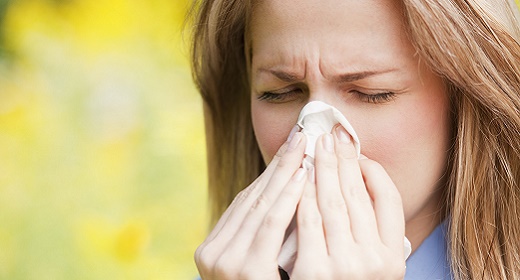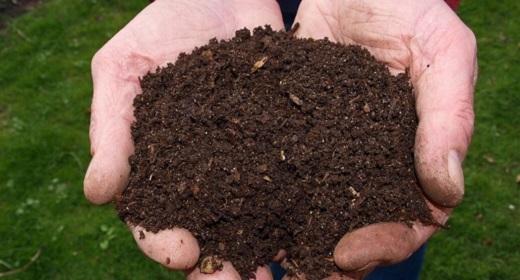by Emily Regan: Bikram Yoga is a style of yoga popularized in the 1970s by Bikram Choudhury…

It is a uniform series of 26 poses of Hatha yoga, including two breathing exercises, that culminates in camel pose (ustrasana) at the climax of the series. A class typically runs for about 90 minutes and is done in a studio heated to 104 degrees Fahrenheit (40 degrees Celsius) with a humidity of about 40%. Some people say the heated studio is intended to mimic the environmental conditions in India and others have said that the increased sweating helps to detoxify the body and lose weight faster than other types of yoga. However, some experts say these increased benefits might be purely mental; one study found that women burn an average of 330 calories/90 minutes and men burn an average of 460 calories, roughly the equivalent of a brisk (3.5 miles/hour), 90 minute walk.
However, some say they have noticed a distinct difference with benefits of practicing in a heated studio, such as an increased flexibility and a more weight loss. Ultimately, it is important to find which style works best for you. The main thing to remember about this particular style of yoga is to hydrate—this really cannot be stressed enough. By exercising in a hotter studio and subsequently sweating more, it is very important to drink plenty of water before and after class. If you experience any faintness or dizziness during the practice, stop and take a break and take another swig from your water bottle. No one is going to give you a gold star if you push yourself too hard and faint in class.
While often used interchangeably, Bikram Yoga is not the same thing as hot yoga, although it does fall under the hot yoga umbrella (sort of like how all scotches are whiskeys but not all whiskeys are scotches). There are a couple other main variations of hot yoga in addition to Bikram Yoga:
Forrest Yoga
Developed in the early 80s by Ana T. Forrest, this style combines yoga with Native American spirituality in a sort of sweat lodge atmosphere. The room is heated to about 85 degrees Fahrenheit (29 degrees Celsius) and focuses on ab and core work, standing series that can go for up to 20 poses per side, and a long holding of poses. Forrest also attempted to adapt some of the poses to fit the needs of modern society, such as an increased focus on wrist stretches to prevent and relieve carpal tunnel syndrome. This particular style of hot yoga is notable for its intensity and also for its emphasis on connecting to one’s emotions in order to work through physical and emotional trauma.
TriBalance Yoga
TriBalance integrates heat and humidity much like Bikram, but there are several key differences between the two styles. TriBalance does not adhere to a strict sequence like Bikram does with its 26 poses so you will find a lot of variation from class to class and instructor to instructor. TriBalance has more focus on core and upper body work as well as stretching the hips and back, potentially making it more helpful for those recovering from a spinal injury or back discomfort (but always, always check with your doctor before starting a new exercise routine). The poses are generally held only once, rather than twice the way Bikram does, but in TriBalance they are held for longer to stimulate more fascia influence as in Yin Yoga.
The key element to remember about any style of hot yoga is hydration. Be sure and drink plenty of water before and after class and make sure you take a water bottle with you so you can sip as you go and maintain that hydration. You will lose a lot of water through sweat so it needs to be replenished. Additionally, it’s a good idea to bring a small towel with you to a hot yoga class. You will be glad to have something on hand to wipe off the sweat, not only for comfort’s sake but also safety—slipping out of a pose could lead to injury and no one wants to leave yoga feeling worse than when they started. Plus, that kind of defeats the purpose of yoga in the first place. We want to feel better, not worse.
One last pro tip: if you don’t want to use the showers at the studio, at least bring an extra change of clothes. Especially with Bikram and TriBalance, you will be soaked in sweat after class and you might be more comfortable in dry clothes during your transit home.
Happy (hot) yoga! Namaste.








































